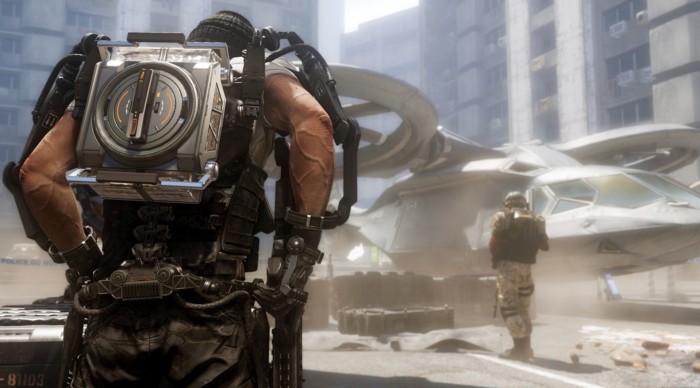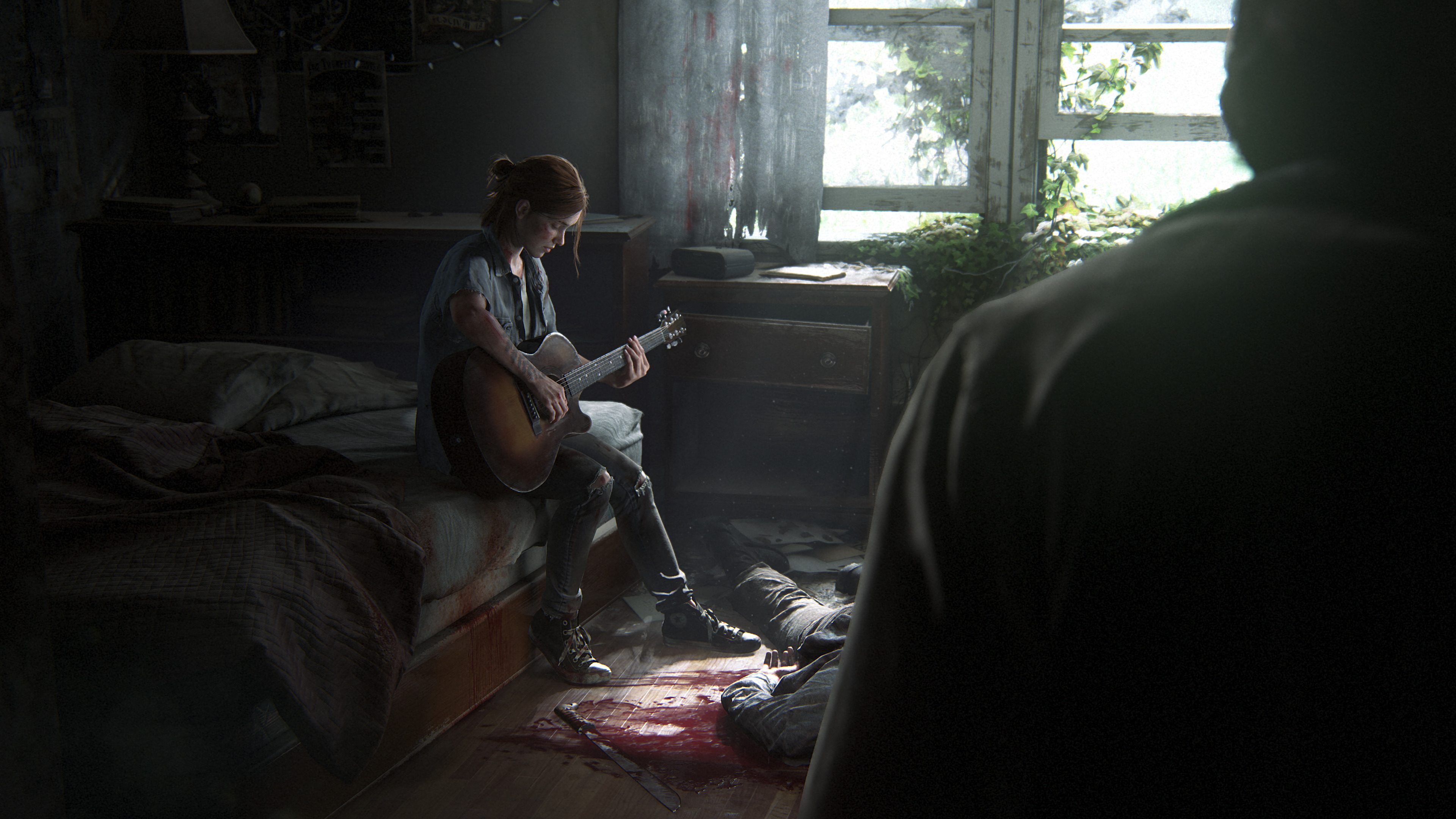It’s the year of the sequels, again
You may have noticed over the past few years that a lot of the games currently coming out are sequels and remasters. Most sports games have new iterations every year, shooters like Call of Duty, Halo and Battlefield continue to pump out a new game most years. Ubisoft just can’t stop making open world games where you climb tall things to see. Remasters are coming out faster than they can be played, and some are making gamers realise their favourite games haven’t aged well and should have just remained fond memories.
Video games cost on average $50 – $60 million in development costs alone
So why is this happening? Sequels in the film industry often perform very well financially even despite poor critical and general reception. The fact is people who are fans of an original concept are likely to want to try the successor to that concept, be it film, book or game. People like knowing what to expect as its comfortable. There are games that shatter expectations and blow fans away such as Alien Isolation or Spec Ops: The Line but trying to subvert expectations can go very wrong and with video games that can be an incredibly costly mistake. ‘Triple A’ video games cost on average $50 – $60 million in development costs alone so it’s easy to see why investors would prefer safer options like sequels and remasters.

Image: Sledgehammer Games, IGDB
This doesn’t always go well though. Battlefield games have been known for being plagued with glitches on release and being rehashed versions of old games and DICE tried and failed to shake the boat with Hardline. Switching to World War I was necessary to keep fans interested after the plethora of modern shooters they released under the brand name became stagnant. Fans seemed to enjoy this change and even Call of Duty which became hugely successful due to the Modern Warfare series went back to World War II. Fans were getting sick of the over the top jetpack fuelled movement so a return to basics was needed. For publishers like EA, Activision, and Treyarch, one poorly selling game isn’t enough to bankrupt them but for smaller publishers and indie developers, one bad game could ruin them, hence sequels seem like the low-risk option.
I prefer sequels that serve a purpose beyond simply trying to make more money out of fans
Naturally, some sequels are made to further enhance a narrative such as The Last of Us Part II and focus on furthering the story of a world or its characters, rather than just sticking a brand name onto a game with features similar to an existing franchise. Personally, I prefer sequels that serve a purpose beyond simply trying to make more money out of fans. BioShock Infinite offers an interesting contrast to the original whilst tying the two games together. The Jak and Daxter games unravel the mysteries of the precursors that came before the current inhabitants of the world and The Last of Us Part II looks set to offer a continuation of Joel and Ellie’s relationship. Narrative driven sequels can flop if they are lacking in story, but I believe the payoff for fans is so much greater than slapping a battle-royale mode onto a game and calling it new.

Comments